Home>Garden Essentials>How Did Crop Rotation Increase Food Production
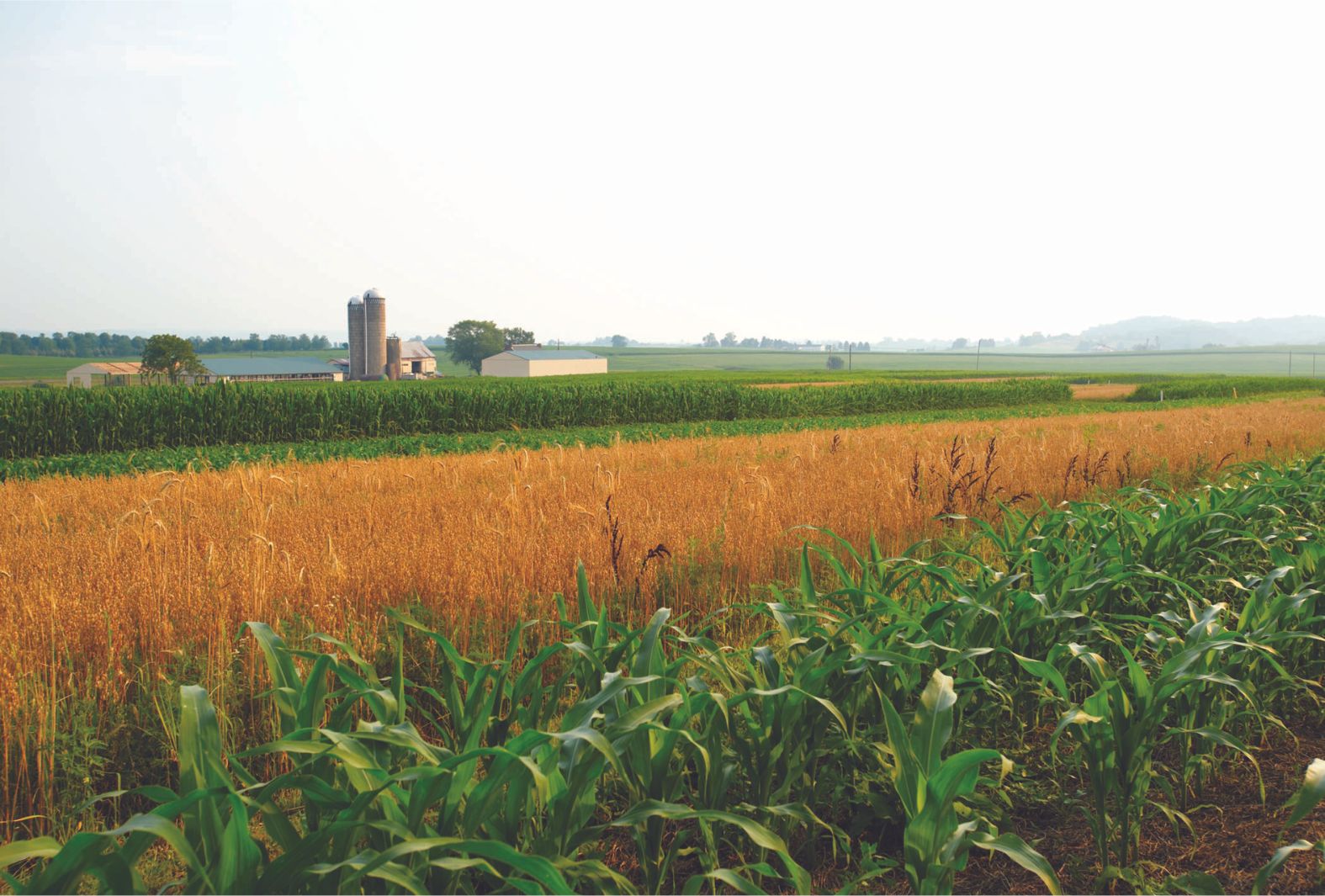

Garden Essentials
How Did Crop Rotation Increase Food Production
Modified: March 15, 2024
Discover how garden crop rotation boosted food production by maximizing soil nutrient balance and preventing pests. Learn the benefits and implementation techniques.
(Many of the links in this article redirect to a specific reviewed product. Your purchase of these products through affiliate links helps to generate commission for Storables.com, at no extra cost. Learn more)
Introduction
Crop rotation is a centuries-old farming practice that involves the systematic planting of different crops in a specific sequence over a period of time. This technique offers numerous benefits that contribute to the overall health and productivity of the soil, leading to increased food production. A well-planned crop rotation system can help maintain soil fertility, control pests and diseases, manage weeds, and optimize nutrient cycling.
The concept of crop rotation can be traced back to ancient civilizations, such as the Babylonians and the Romans, who recognized the importance of diversifying their crops to ensure sustainable agriculture. Over time, this method has evolved and been refined based on scientific understanding and practical experience.
By rotating crops, farmers are able to break the cycle of pests and diseases that may be specific to certain plant species. Additionally, different crops have varying nutrient requirements, and by rotating crops, farmers can maximize the efficiency of nutrient uptake from the soil. This, in turn, reduces the need for synthetic fertilizers and promotes natural nutrient cycling.
Furthermore, crop rotation plays a vital role in weed management. By alternating the types of crops grown in a particular area, farmers disrupt the life cycle of weeds and decrease their prevalence. Certain crops also have allelopathic properties, meaning they release chemicals that can inhibit the growth of specific weeds.
In this article, we will explore in detail the benefits of crop rotation on soil fertility, pest and disease control, weed management, and nutrient cycling. We will also delve into the ways in which crop rotation can lead to increased food production. By understanding the significance of crop rotation and its multifaceted impact on agriculture, we can appreciate its role in sustainable food production and environmental stewardship.
Key Takeaways:
- Crop rotation helps farmers grow different crops in a specific order to keep the soil healthy, control pests, and manage weeds, leading to more food for everyone!
- By changing the types of crops they grow, farmers can make the soil healthier, control pests, and reduce the need for chemicals, resulting in more food for everyone and a healthier environment!
What is Crop Rotation?
Crop rotation is a farming practice that involves the systematic rotation of different crops in a specific sequence over several growing seasons. It is a method used to improve soil health, maximize crop yields, and minimize the risk of pests and diseases.
The principle behind crop rotation is to avoid continuous planting of the same crop in the same field year after year. Instead, farmers plan a sequence of crops that have different nutrient requirements and growth characteristics. This helps to break the cycle of pests and diseases that can build up in the soil when the same crop is continuously cultivated.
There are several approaches to crop rotation, but the most common method involves dividing a field into different sections or plots. Each plot is then allocated to a specific crop for a particular growing season. The following season, the crops are rotated to a different plot, ensuring that each plot has a different crop each year.
There are various factors to consider when planning a crop rotation system. Firstly, farmers should select a sequence of crops that complement each other, taking into account their nutrient requirements and compatibility. For example, legume crops, such as peas or beans, are often included in rotation plans because they have the ability to fix atmospheric nitrogen and improve soil fertility.
Additionally, farmers need to carefully consider the timing of planting and harvesting each crop to ensure a smooth transition from one crop to the next. This may involve staggered planting dates or overlapping harvest periods to allow for efficient crop rotation.
Crop rotation also involves incorporating fallow periods or cover crops into the rotation plan. Fallow periods involve leaving a field unplanted for a season to allow the soil to rest and replenish nutrients. Cover crops, on the other hand, are planted to protect the soil from erosion, improve soil structure, and add organic matter.
Overall, crop rotation is a sustainable farming practice that helps to maintain soil health, prevent nutrient depletion, control pests and diseases, and enhance crop productivity. By diversifying the types of crops grown in a field and implementing rotation plans, farmers can achieve long-term sustainability in their agricultural practices.
Historical Background
The practice of crop rotation can be traced back thousands of years, with evidence of its use in ancient civilizations around the world. Indigenous farmers in the Americas, such as the Mayans and the Incas, implemented crop rotation strategies to maximize their agricultural productivity. Ancient cultures in Asia, Africa, and Europe also recognized the benefits of rotating crops and incorporated this technique into their farming systems.
One of the earliest recorded instances of crop rotation dates back to Babylonia in the ancient Near East, around 600 BCE. The Babylonians observed that continually planting the same crop in the same field led to a decline in soil fertility and reduced yields. To combat this, they implemented a rotating system where barley, legumes, and flax were alternated in a specific sequence.
The Romans also practiced crop rotation, albeit with more advanced techniques and a broader range of crops. The Roman agriculturist, Marcus Terentius Varro, wrote about the importance of shifting crops to prevent soil exhaustion and increase agricultural productivity. They utilized a three-field rotation system, where one field was left fallow, one was planted with crops such as wheat or barley, and the third field was used for leguminous plants like peas or beans.
In medieval Europe, farmers developed more sophisticated crop rotation systems, often involving four or five different crops. These rotations typically included a combination of cereals, legumes, and animal fodder crops such as clover or alfalfa. The famous medieval English farmer and writer, Walter of Henley, recommended a rotation of crops that incorporated oats, wheat, peas, and fallow periods.
The scientific understanding of the benefits of crop rotation emerged in the 18th century with the work of English farmers and agricultural innovators. Jethro Tull, Arthur Young, and Charles Townshend are among the prominent figures who advocated for crop rotation as a means of improving agricultural productivity and soil fertility.
Today, crop rotation continues to be an important component of sustainable farming practices worldwide. Modern farmers have refined and adapted crop rotation techniques to suit their specific crop selections, regional climates, and soil conditions. The practice is supported by scientific research, which has further elucidated the various mechanisms and benefits of crop rotation.
By looking back at the historical roots of crop rotation, we can appreciate the longevity and significance of this agricultural practice. It has endured the test of time and remains a fundamental tool for optimizing yields, maintaining soil health, and promoting sustainable farming practices in the present day.
Benefits of Crop Rotation on Soil Fertility
Crop rotation has numerous benefits on soil fertility, making it one of the key reasons why farmers adopt this practice. By diversifying the types of crops grown in a field and alternating their planting, farmers can maintain and enhance the health of their soil. Here are some of the major benefits of crop rotation on soil fertility:
- Nutrient cycling: Different crops require varying levels and types of nutrients from the soil. When a variety of crops are rotated, the nutrient uptake becomes more balanced. For example, legume crops, such as peas or beans, have nitrogen-fixing abilities. When they are grown in rotation with other crops, they enrich the soil with nitrogen, benefiting subsequent crops that have higher nutrient requirements. This natural nutrient cycling reduces the need for synthetic fertilizers and promotes long-term soil fertility.
- Reduces nutrient depletion: Continuous monoculture of a single crop can deplete specific nutrients in the soil. However, by rotating different crops, the demand for specific nutrients is spread out, reducing the excessive depletion of any one nutrient. This helps maintain a more balanced nutrient profile in the soil and prevents the depletion of essential elements necessary for plant growth.
- Improves soil structure: Different crops have different root systems and growth habits, which can lead to changes in soil structure. For example, deep-rooted crops like radishes or carrots help break up compacted soil, improving drainage and aeration. In contrast, crops with fibrous root systems like grasses help bind the soil particles, preventing erosion. The varied root systems of rotated crops work together to enhance soil structure, promoting better water infiltration, root penetration, and overall soil health.
- Increases organic matter content: Incorporating crops with high biomass production into rotation plans, such as cover crops or green manure crops, helps increase the organic matter content of the soil. As these crops decompose, they provide valuable organic matter, which improves soil fertility, water-holding capacity, nutrient retention, and microbial activity. Organic matter also enhances soil structure, creating a favorable environment for plant root development and nutrient availability.
- Microbial diversity and activity: Crop rotation encourages diversity in soil microbial communities. Different crops release various root exudates, which nourish different groups of beneficial soil microorganisms. This diversity promotes a more balanced and active microbial population, which plays a crucial role in nutrient cycling, disease suppression, and overall soil health. Healthy soil microorganisms improve nutrient availability for plants and help break down organic matter, releasing nutrients for future crop uptake.
By utilizing crop rotation, farmers can harness these benefits to maintain or improve the fertility of their soil. This sustainable practice not only supports healthy plant growth but also contributes to the long-term sustainability of agricultural systems, minimizing environmental impact and reducing reliance on synthetic inputs.
Impact of Crop Rotation on Pest and Disease Control
Crop rotation is a valuable tool in pest and disease control, providing an effective and natural approach to managing agricultural pests and diseases. By implementing a well-planned rotation system, farmers can disrupt pest and disease cycles, reduce reliance on chemical pesticides, and promote overall plant health. Here are some key ways in which crop rotation impacts pest and disease control:
- Breaks pest and disease cycles: Crop rotation helps break the life cycles of pests and diseases by changing the planting sequence of crops. Many pests and diseases have specific host plants they rely on for survival and reproduction. By rotating crops, farmers can interrupt the continuous availability of host plants, making it more challenging for pests and diseases to flourish. This reduces the population of pests and prevents diseases from spreading, ultimately minimizing crop damage.
- Reduces pest and disease buildup in the soil: Certain pests and diseases can persist in the soil from one growing season to the next, increasing the risk of infestations. However, by rotating crops, farmers avoid planting the same crop in the same field repeatedly, which helps break the cycle of pests and diseases. Different crops have different susceptibility to specific pests and diseases, so by alternating crops, farmers can avoid creating a favorable environment for pests and diseases to thrive.
- Disrupts insect and pathogen habitats: Specific pests and diseases often have specific environmental requirements for survival and reproduction. By changing the crop type, crop rotation disrupts the habitats of pests and diseases, making it more challenging for them to establish themselves. Different crops may create unfavorable conditions for pests or release natural compounds that act as repellents or disrupt their reproductive processes.
- Encourages natural predator populations: Crop rotation can benefit natural predator populations, which play a vital role in controlling agricultural pests. By providing a diverse range of crops, farmers can attract and sustain a variety of beneficial insects and organisms that prey upon or parasitize pests. These natural predators help keep pest populations in check, reducing the need for chemical interventions. Additionally, crop rotation allows predators sufficient time to reproduce and establish themselves in the field, providing long-term pest control.
- Reduces reliance on chemical pesticides: By implementing effective crop rotation strategies, farmers can minimize their dependence on chemical pesticides. By breaking pest and disease cycles and promoting a healthier plant environment, crop rotation reduces the need for constant pesticide applications. This has positive implications for human health, environmental sustainability, and the economic viability of farming operations.
Crop rotation is a valuable and sustainable approach to pest and disease control in agriculture. It offers farmers the ability to manage pests and diseases in a natural and environmentally friendly way while reducing the risks associated with pesticide overuse. By integrating crop rotation into their farming practices, farmers can enhance overall crop health, minimize crop losses, and promote the long-term sustainability of their agricultural systems.
Crop rotation increased food production by improving soil fertility and reducing the spread of pests and diseases. By rotating different crops, the soil is able to replenish nutrients and prevent the buildup of harmful organisms, leading to healthier and more productive harvests.
Effect of Crop Rotation on Weed Management
Crop rotation is a powerful strategy for weed management that can significantly reduce weed populations and minimize the need for herbicides. By incorporating different crops into rotation plans, farmers can disrupt the life cycles of weeds, improve competition with weeds, and utilize the allelopathic properties of certain crops. Here are some of the key effects of crop rotation on weed management:
- Breaks weed life cycles: Weeds have different life cycles and reproductive strategies. By changing the crops grown in a field through rotation, farmers disrupt the ideal growing conditions and life cycles of specific weed species. This interrupts the weed’s ability to reestablish and spread effectively, reducing weed seed banks over time and decreasing the overall weed pressure.
- Enhances competition: Different crops exhibit different growth habits, canopy structures, and root systems, which can outcompete weeds for light, nutrients, and space. When crops with vigorous growth are rotated into a field, they can shade out emerging weed seedlings, limiting their access to sunlight and stunting their growth. Additionally, dense crop canopies reduce the availability of resources for weed seed germination and establishment.
- Utilizes allelopathic effects: Some crops release allelopathic compounds that inhibit or slow the growth of certain weed species. These compounds can be toxic to weeds or interfere with their physiological processes, suppressing weed growth. By rotating crops with allelopathic properties, farmers can take advantage of their natural weed control benefits and reduce the reliance on herbicides.
- Diversifies weed management tactics: Incorporating different crops into rotation plans also allows farmers to diversify their weed management tactics. For example, certain crops, such as leguminous cover crops, can reduce the weed germination and growth through a cycle of mowing or incorporation before planting the main cash crop. This integrated approach targets weed suppression at various stages of their life cycle, maximizing effectiveness and reducing the development of herbicide resistance in weed populations.
- Improves soil health: Crop rotation practices, including the incorporation of cover crops, enhance soil health and fertility. Healthy soils with balanced nutrient levels and improved organic matter content tend to support vigorous crop growth and offer better competition against weeds. A well-nourished and structurally sound soil provides crops with the conditions they need to grow vigorously and outcompete weeds.
While crop rotation can be an effective weed management strategy, it is important to note that it should be implemented in conjunction with other integrated weed management practices. This may include practices such as crop diversification, proper timing of planting and harvesting, strategic cultivation, and targeted herbicide use when necessary.
By utilizing crop rotation as part of a comprehensive weed management plan, farmers can reduce weed pressure, decrease reliance on herbicides, and promote sustainable weed control practices. This approach not only helps improve farm productivity and profitability but also contributes to environmental stewardship and the long-term sustainability of agricultural systems.
Crop Rotation and Nutrient Cycling
Crop rotation plays a significant role in optimizing nutrient cycling in agricultural systems. By strategically rotating different crops, farmers can enhance nutrient availability, reduce nutrient depletion, and promote sustainable nutrient management. Here are some ways in which crop rotation impacts nutrient cycling:
- Improved nutrient uptake: Different crops have varying nutrient requirements, and by rotating crops with different nutrient needs, farmers can maximize nutrient uptake from the soil. Some crops, such as legumes, have the ability to fix atmospheric nitrogen through symbiotic relationships with nitrogen-fixing bacteria. When these nitrogen-fixing crops are incorporated into rotation, they enrich the soil with nitrogen, benefiting subsequent crops that have higher nitrogen requirements.
- Reduced nutrient depletion: Continuous cultivation of the same crop in the same field year after year can deplete specific nutrients in the soil. However, by rotating crops, farmers avoid depleting the same nutrients repeatedly. Different crops have diverse nutrient requirements, and by alternating crops, farmers ensure the balanced uptake of nutrients, reducing excessive depletion of any one nutrient. This helps maintain a more sustainable nutrient profile in the soil, improving overall soil fertility and reducing the need for synthetic fertilizers.
- Enhanced organic matter and soil fertility: Crop rotation often involves the incorporation of organic matter sources such as cover crops and green manure crops. These crops contribute to the organic matter content of the soil when they decompose, improving soil fertility and nutrient-holding capacity. Organic matter also enhances soil structure, allowing better water infiltration, nutrient retention, and root penetration. The incorporation of cover crops in rotation stimulates microbial activity, aiding in the decomposition and release of nutrients from organic matter.
- Optimized nutrient release: Different crops have different root systems and root exudates, which influence the composition of soil microbial communities. These microbes play a crucial role in nutrient cycling, breaking down organic matter and releasing nutrients for plant uptake. By rotating crops, farmers encourage the growth of diverse microbial populations, leading to more efficient nutrient release and uptake. These microbes contribute to the breakdown of organic matter, mineralization of nutrients, and enhancement of nutrient availability for subsequent crops.
- Sustainable nutrient management: Crop rotation helps farmers reduce reliance on synthetic fertilizers by utilizing natural nutrient sources within the rotation. This reduces the risk of nutrient imbalances in the soil and the potential for nutrient runoff, which can have detrimental effects on water bodies. Incorporating leguminous crops and nutrient scavengers, such as deep-rooted cover crops, helps enhance nutrient cycling and reduce nutrient losses.
Crop rotation, with its ability to enhance nutrient cycling, plays a crucial role in promoting sustainable nutrient management in agriculture. By diversifying the crops grown in a field, farmers can optimize nutrient availability, reduce nutrient depletion, and minimize the environmental impact associated with excessive fertilizer use. By incorporating crop rotation into their farming practices, farmers can improve soil fertility, increase crop productivity, and contribute to the long-term sustainability of their agricultural systems.
Increased Yields through Crop Rotation
Crop rotation is a proven method for increasing crop yields by improving soil health, nutrient availability, and pest and disease management. By implementing a well-designed rotation plan, farmers can maximize the potential of their land and optimize crop productivity. Here are some ways in which crop rotation leads to increased yields:
- Enhanced soil fertility: Crop rotation helps maintain and improve soil fertility by balancing nutrient uptake and reducing nutrient depletion. By alternating crops with different nutrient requirements, farmers can ensure that the soil has an adequate supply of essential elements for optimal crop growth. Additionally, the incorporation of cover crops and organic matter through rotation contributes to increased organic matter content and improved soil structure, promoting nutrient retention and availability.
- Ecosystem balance and pest control: Continuous monoculture farming can lead to an increase in pests and diseases that are specific to certain crops. By rotating crops, farmers disrupt pest and disease cycles, reducing the build-up of pathogens and decreasing crop susceptibility. This promotes overall plant health and reduces the need for chemical interventions, resulting in higher yields.
- Optimized water and nutrient utilization: Different crops have varying root systems, making them adept at accessing nutrients and water at different soil depths. As a result, crop rotation facilitates efficient use of soil moisture and nutrients. Deep-rooted crops have greater access to water and nutrients from deeper soil layers, while shallow-rooted crops make use of nutrients in the upper soil profiles. By combining these crops in a rotation plan, farmers can maximize the utilization of available resources, leading to increased yields.
- Weed management: Weeds compete with crops for light, water, and nutrients, often leading to reduced yields. Crop rotation disrupts weed life cycles and suppresses weed populations through enhanced competition. Different crops compete with weeds at varying stages of their life cycle, effectively reducing weed growth and minimizing yield losses. This results in improved crop performance and higher yields.
- Disease suppression: Crop rotation can help mitigate the impact of soil-borne diseases. By rotating crops, farmers reduce the build-up of disease-causing pathogens in the soil, as specific diseases often require a particular host crop to survive. Changing crops disrupts the favorable conditions for disease development, leading to healthier crops and increased yields.
- Optimized nutrient cycling: A well-planned rotation incorporates crops with different nutrient demands and abilities to release or fix nutrients. This helps balance nutrient availability in the soil and maximizes nutrient uptake by crops. As a result, plants have access to the required nutrients at different stages of their growth, promoting healthy, vigorous growth, and higher yields.
By utilizing crop rotation as part of their farming practices, farmers can unlock the potential of their land and achieve increased yields sustainably. Crop rotation improves soil health, optimizes nutrient availability, reduces pest and disease pressure, and enhances overall crop performance. It is a valuable tool for maximizing productivity and ensuring the long-term sustainability of agricultural systems.
Conclusion
Crop rotation is a time-tested farming practice that offers a multitude of benefits for sustainable agriculture. By systematically alternating crops in a specific sequence, farmers can enhance soil fertility, control pests and diseases, manage weeds, and optimize nutrient cycling. The impact of crop rotation is evident in increased food production and improved agricultural sustainability.
Through crop rotation, farmers can maintain and improve soil health by balancing nutrient uptake, reducing nutrient depletion, and enhancing organic matter content. This promotes optimal plant growth and maximizes crop yields. By diversifying the types of crops grown in a field, farmers can also disrupt the life cycles of pests and diseases, reducing the need for chemical interventions and minimizing crop losses.
Crop rotation plays a vital role in weed management, as it suppresses weed growth through enhanced competition and disrupts weed life cycles. This reduces weed pressure, resulting in decreased yield losses and reduced reliance on herbicides. Furthermore, crop rotation supports sustainable nutrient management by optimizing nutrient availability, minimizing the need for synthetic fertilizers, and reducing the environmental impact of nutrient runoff.
The benefits of crop rotation extend beyond individual crops or seasons. A well-planned rotation plan promotes long-term soil fertility and sustainability by preventing soil degradation, improving soil structure, and fostering beneficial microbial diversity. It also contributes to the overall health of ecosystems by minimizing the negative impacts of pests, diseases, and weeds.
By incorporating crop rotation into their farming practices, farmers can increase yields, optimize resource utilization, reduce input costs, and minimize environmental impact. This practice aligns with the principles of sustainable agriculture, promoting resilience, and long-term productivity.
In conclusion, crop rotation is a valuable tool for farmers seeking to achieve sustainable food production and environmental stewardship. Its impact on soil fertility, pest and disease control, weed management, and nutrient cycling makes it an essential component of modern agricultural practices. By embracing crop rotation, farmers can cultivate healthy soils, increase yields, and contribute to a more sustainable and resilient agricultural future.
Frequently Asked Questions about How Did Crop Rotation Increase Food Production
Was this page helpful?
At Storables.com, we guarantee accurate and reliable information. Our content, validated by Expert Board Contributors, is crafted following stringent Editorial Policies. We're committed to providing you with well-researched, expert-backed insights for all your informational needs.

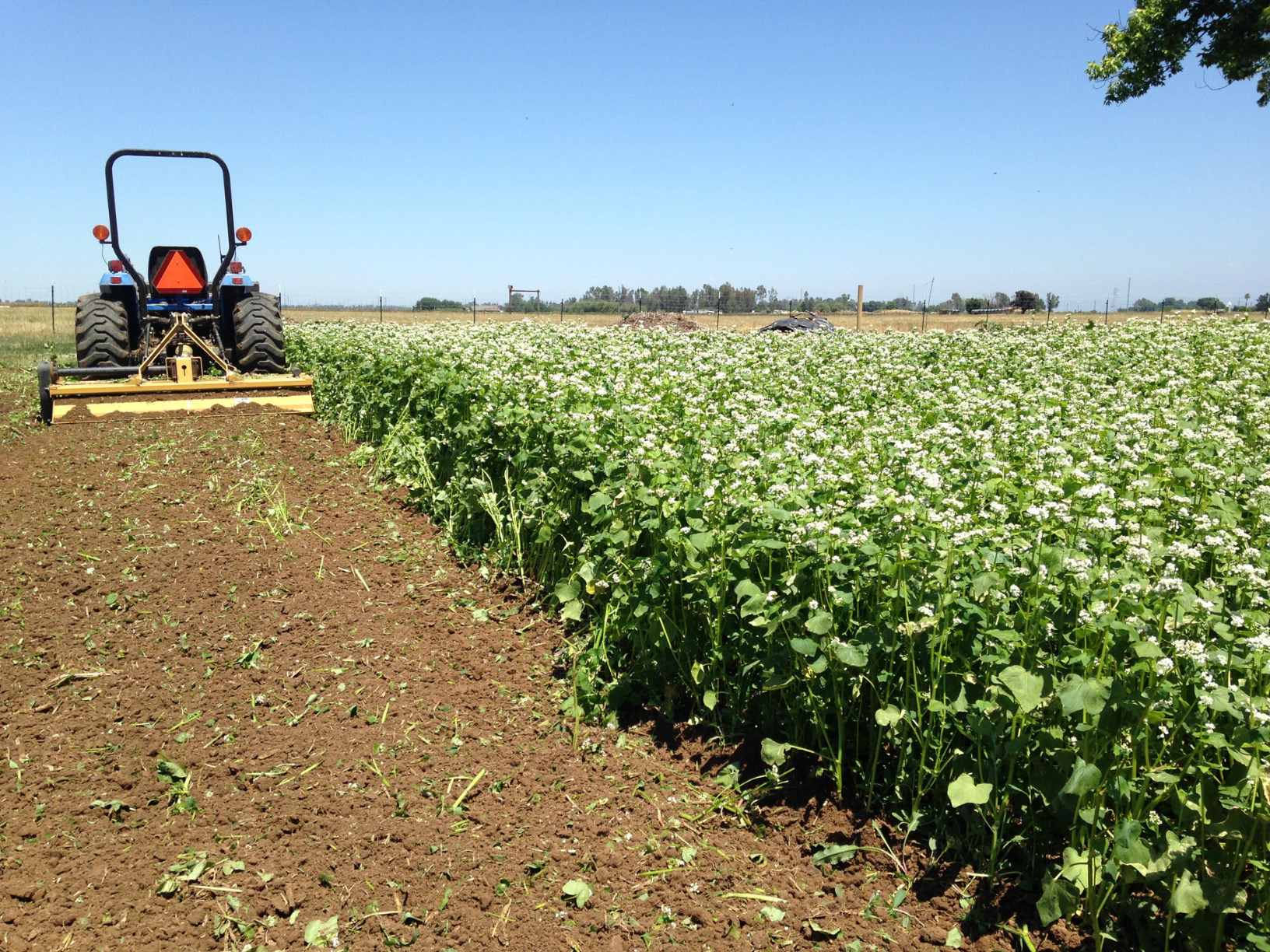
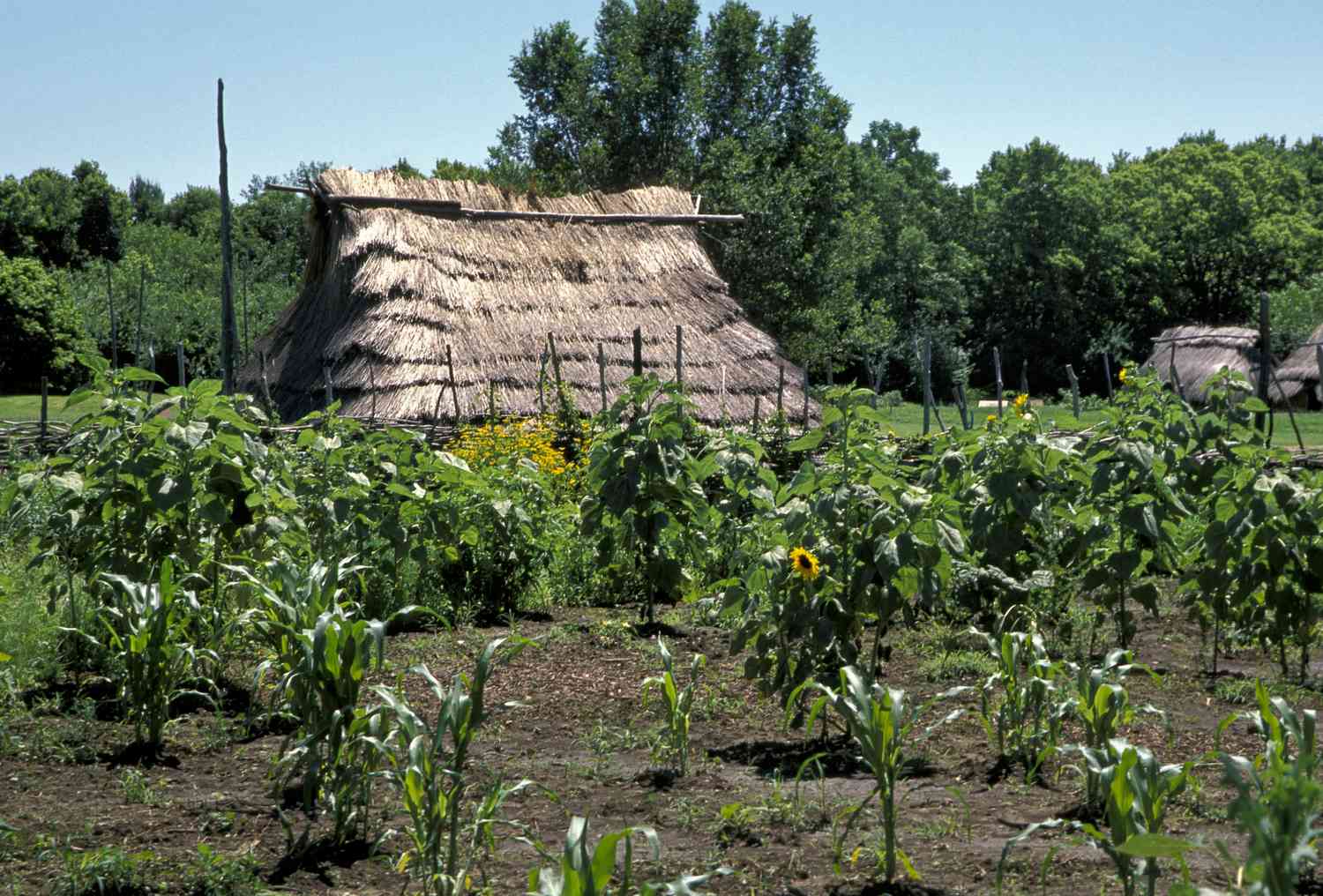
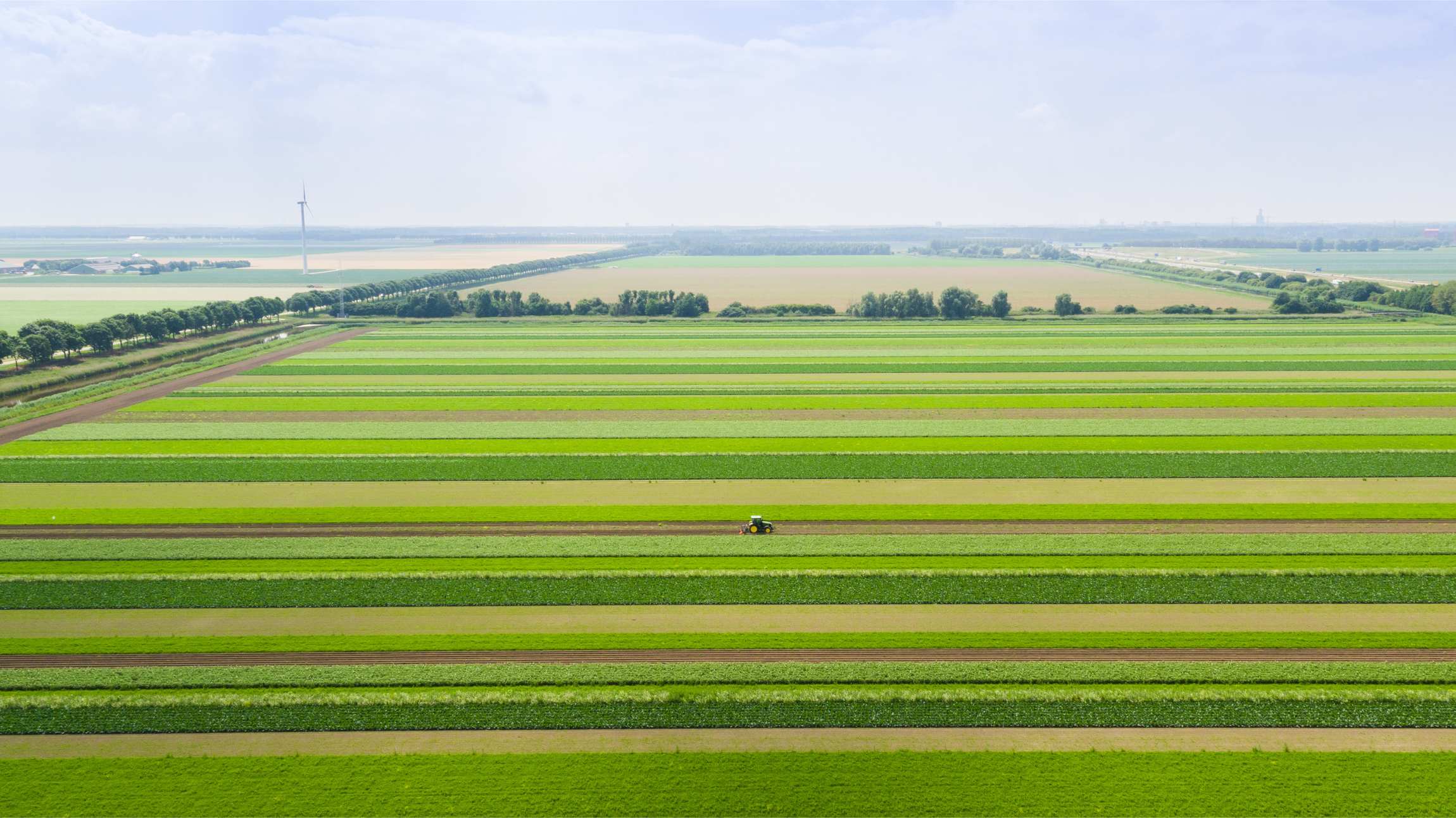
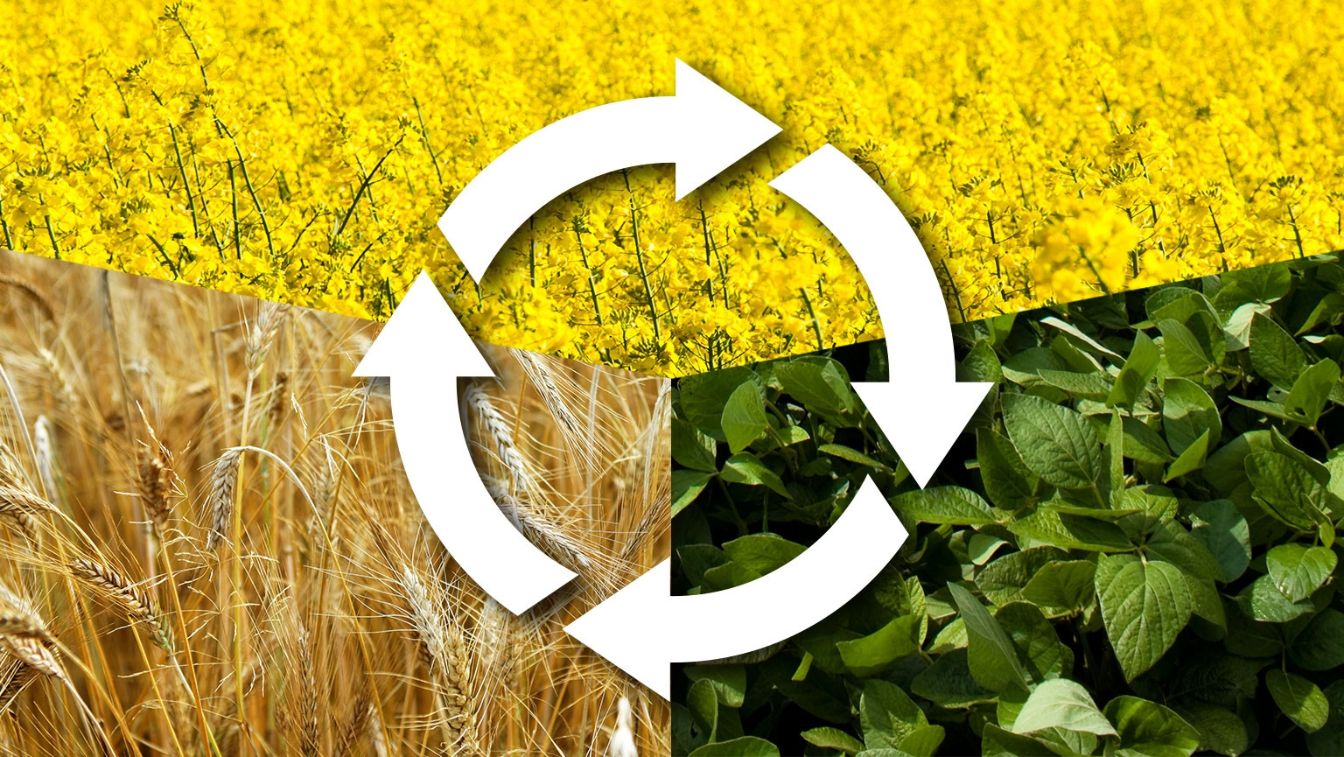
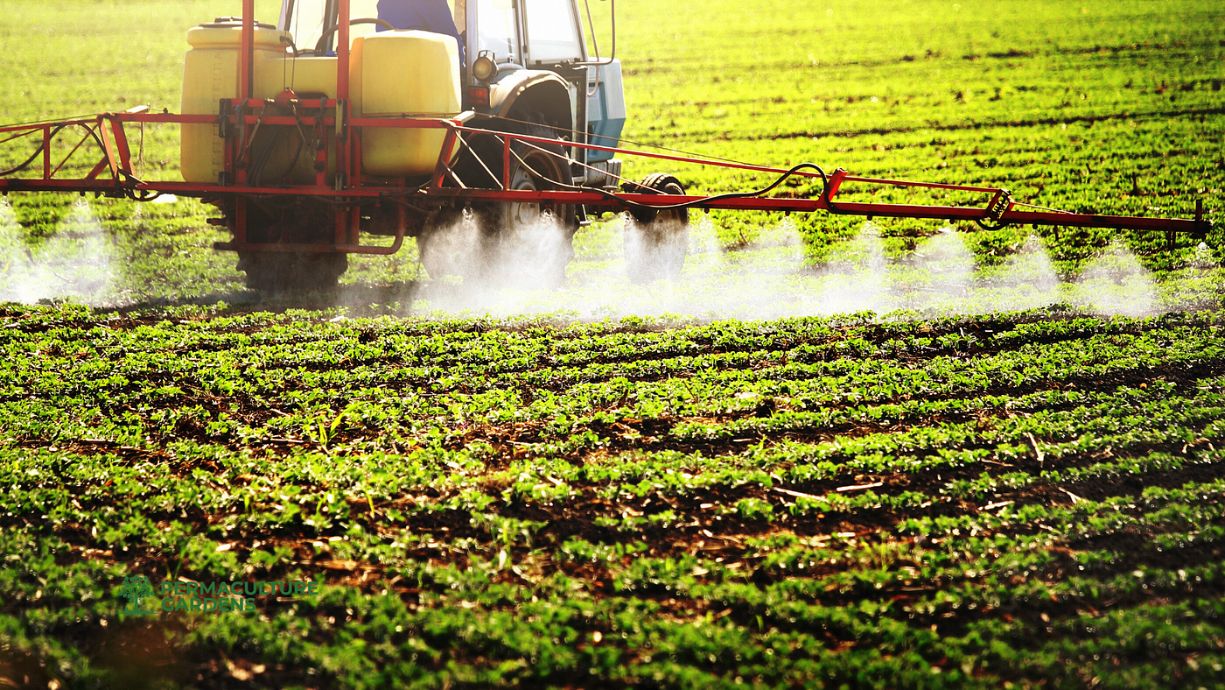
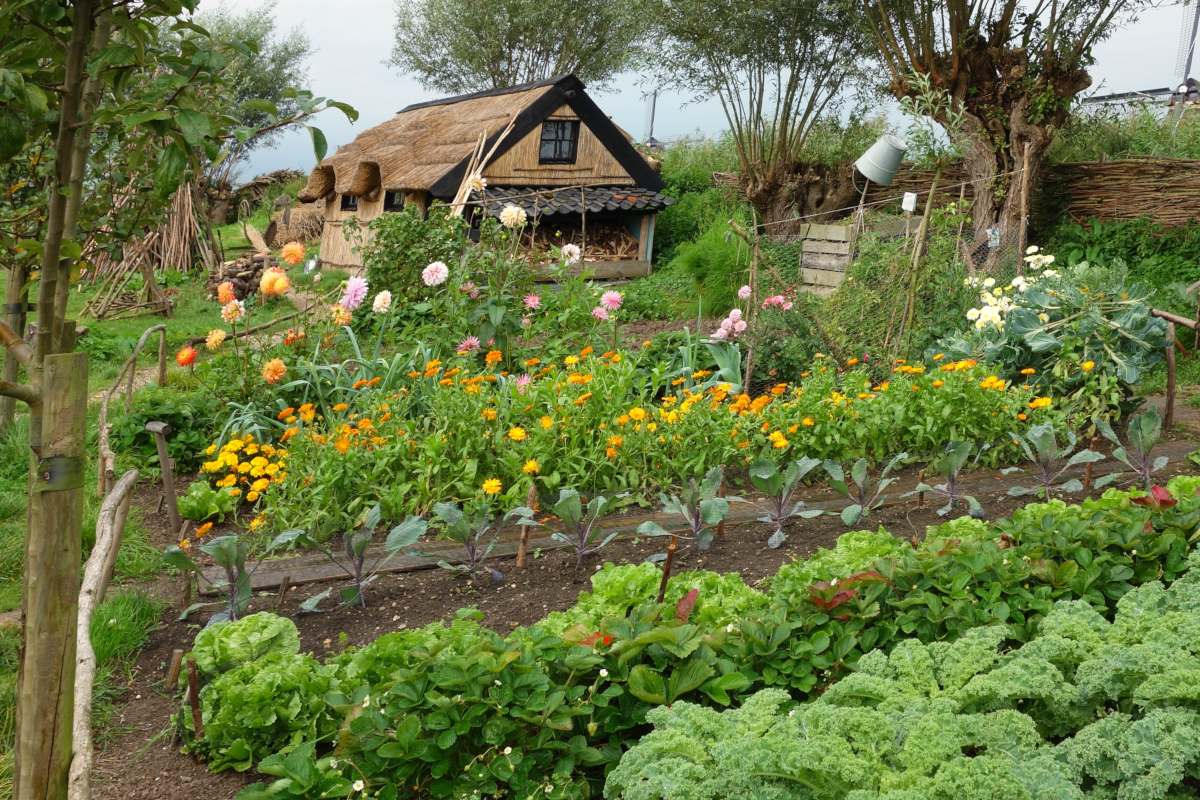



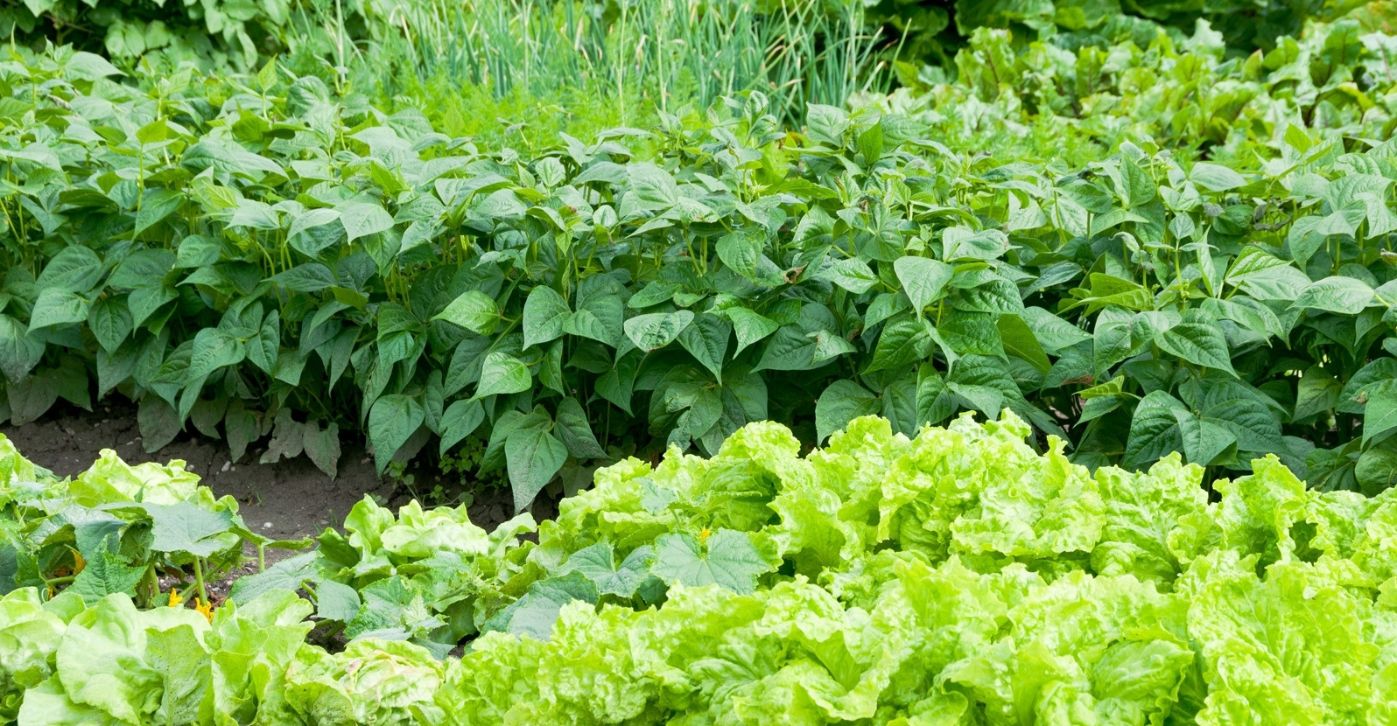
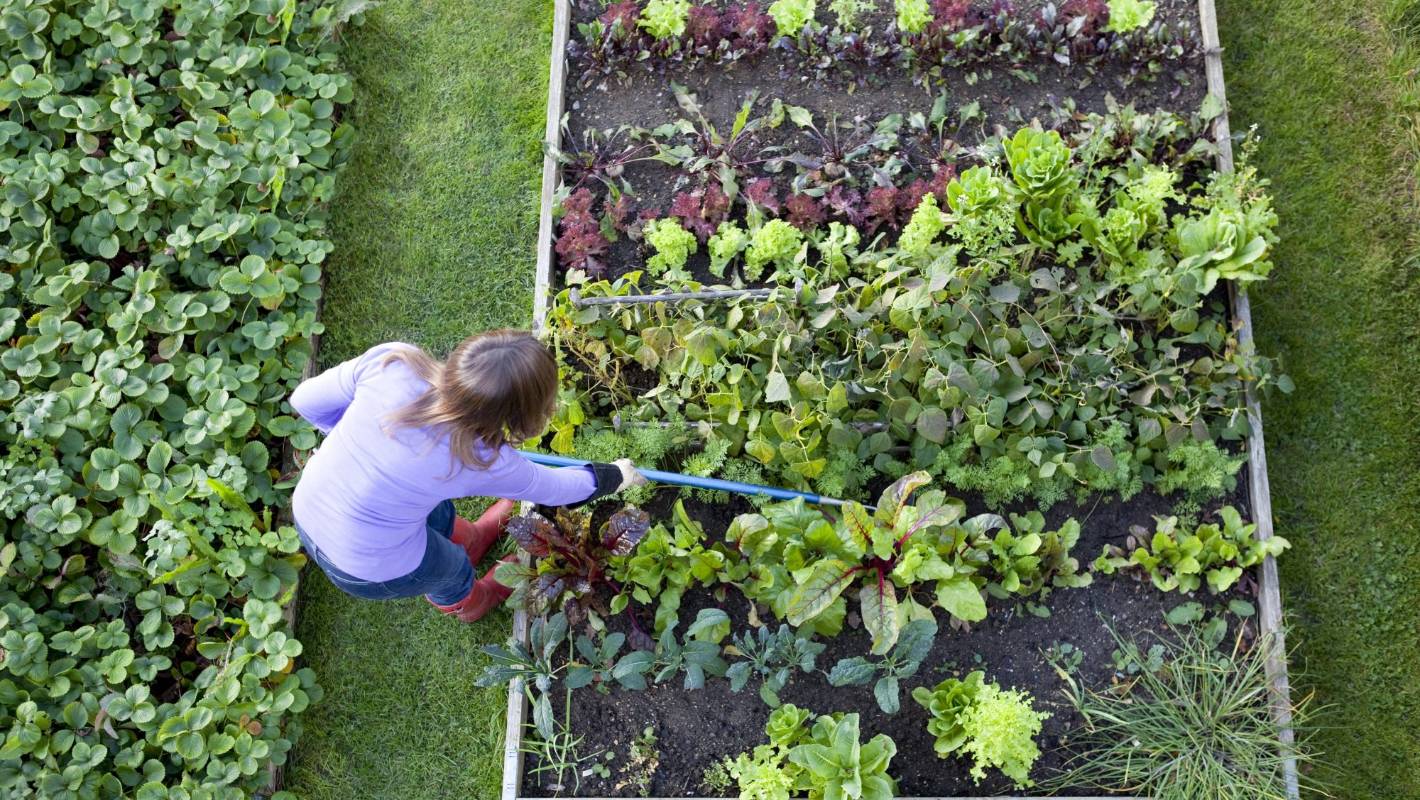
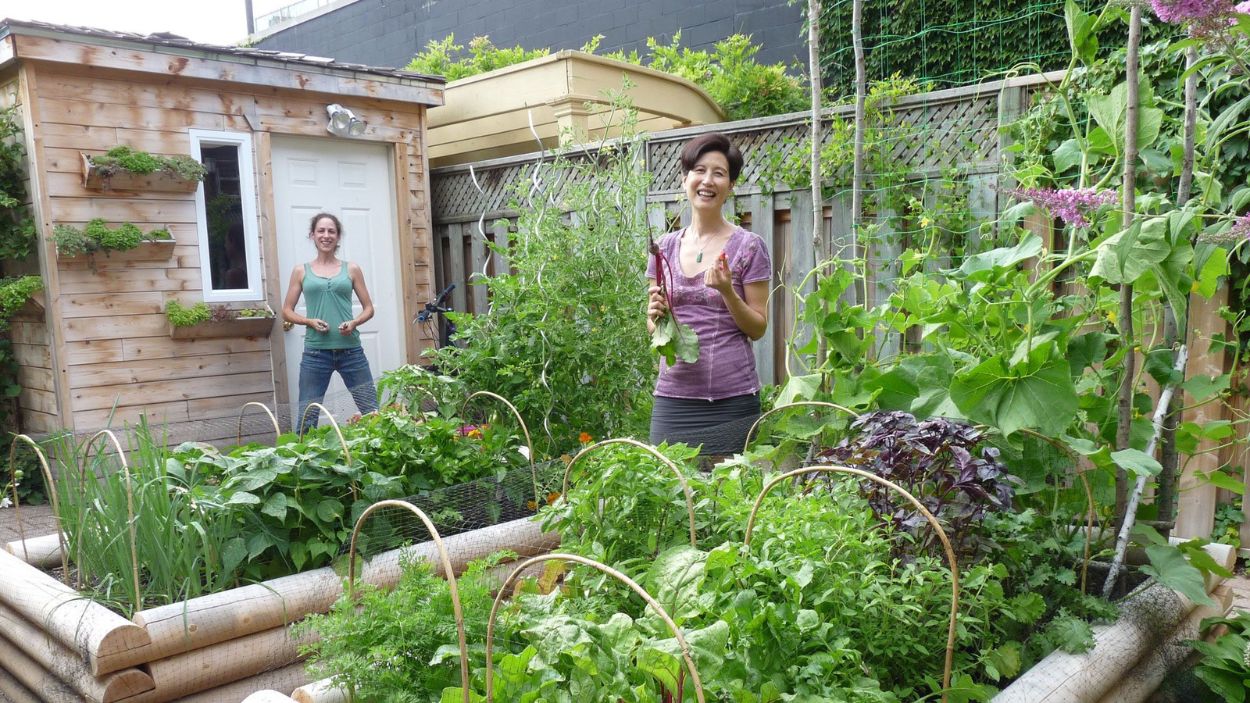
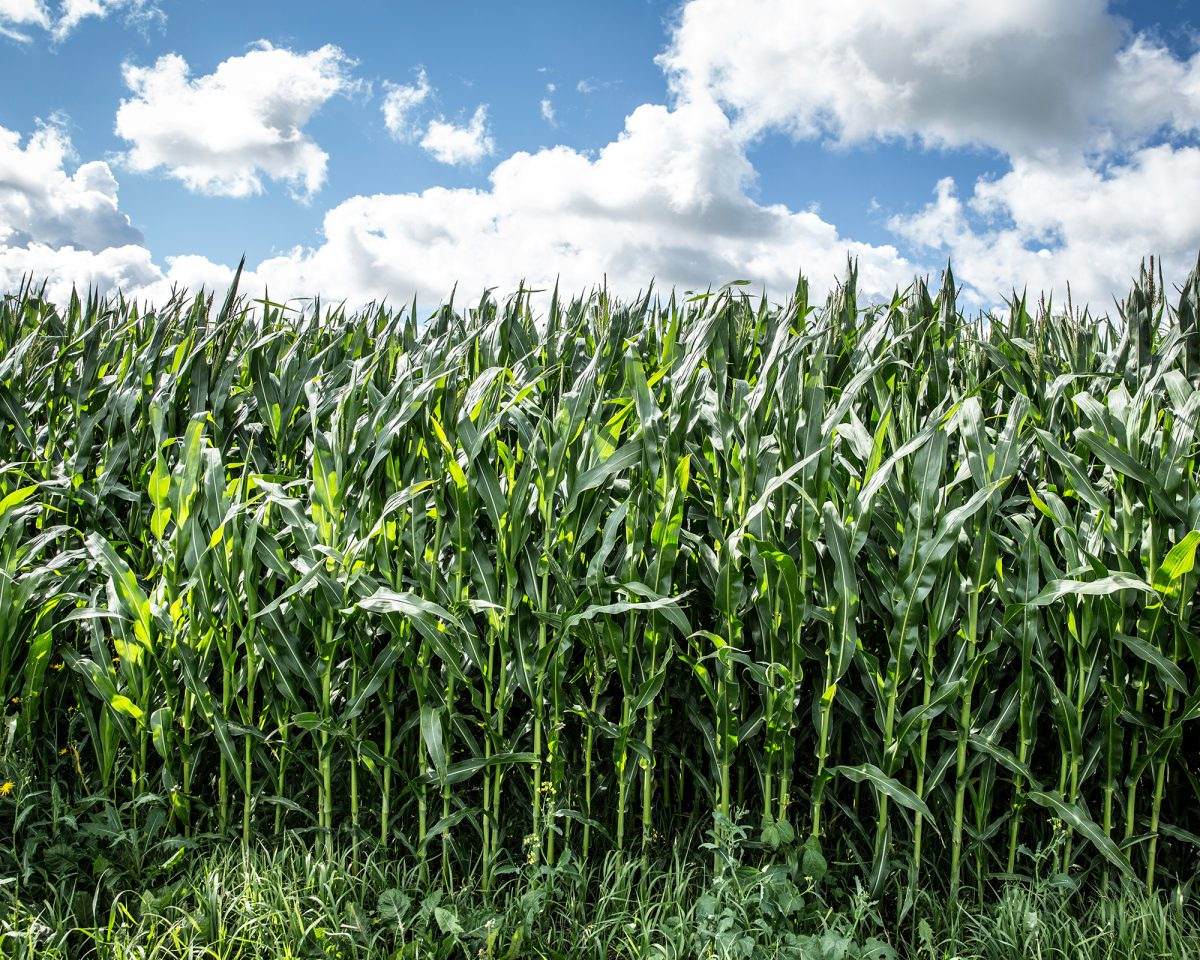

0 thoughts on “How Did Crop Rotation Increase Food Production”